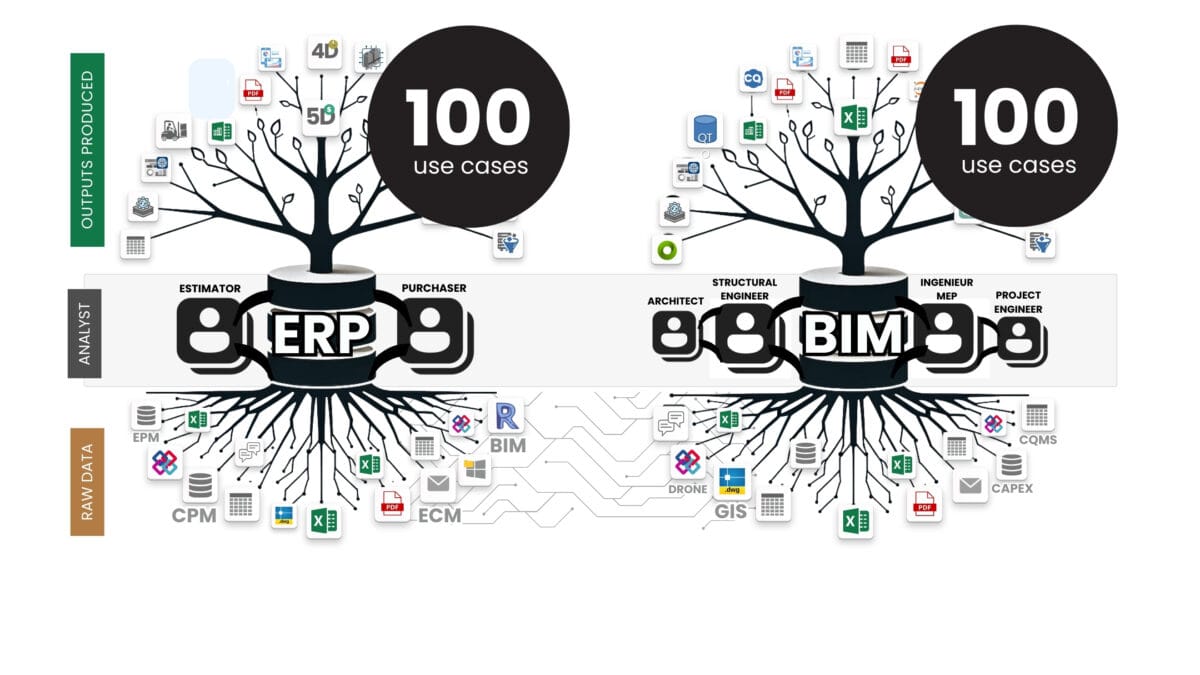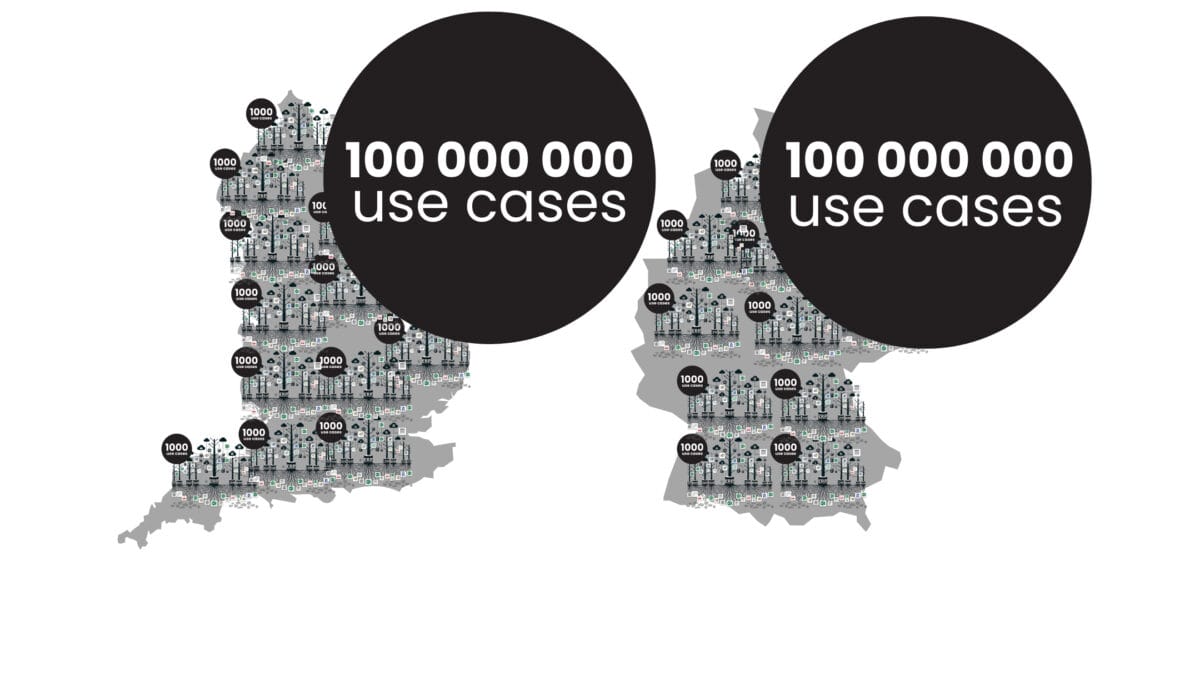The construction industry faces not only the challenge of working with diverse and proprietary data and systems, but also the increasing complexity and dynamism of the business processes themselves, which are constantly changing and updating to meet the specific requirements of different countries, clients and projects.
The business of companies and the rules of the game in the construction industry are regulated and fragmented in every country in the world, and each construction project is a unique combination of multiple stakeholders with different skill sets. Additionally, the avalanche of new technologies and tools creates an urgent need to modernize and adapt management processes that cannot be easily integrated into existing ERP-type management systems.
Therefore, additional challenges for businesses in today's ever-changing world are the uniqueness of internal procedures and the need to constantly automate and unify a large number of individual business scenarios.
Within one company there may be many systems-trees that interact through a network of managers, similar to the mycelium of mushrooms. Within one system, we may encounter the processing of dozens or even hundreds of input data coming from other systems.
As a result, even within a single system of a single company, there may be hundreds of processes that need to be automated.

Every company has numerous interconnected systems through which hundreds of input and output processes pass that require automation
Because of the opacity of internal processes and the vast amount of data that executives and management staff often can't handle, custom technology solution vendors «come to the rescue», offering customized tools to solve specialized problems.
The market is crowded with thousands of startups and tools that compete vigorously to offer a variety of products to address specific customer needs. However, in the pursuit of meeting specific needs, the opportunity to take a holistic approach to the problem of accumulating and managing large amounts of data is missed. This results in customized solutions that are often limited to narrow solutions without considering the breadth and complexity of the problem as a whole.
In a company with multiple systems, the number of processes and use cases increases proportionally with the number of systems and users, reaching thousands of different use cases at the scale of a single medium-sized company.

For each of the thousands of processes, the market offers specialized applications and plug-ins to simplify specific tasks
Each company is unique due to the variety of elements and resources underlying its systems, which makes it challenging to transfer systems with users between companies because of the specificity of the "soil" and the unique management network of the "mycelium of managers" where almost every process of the system, once transplanted to a new system or department will require tweaking to fit the new environment.
Moving a construction company, or even a single system from one country to another, is even more complex than moving systems within a company. Thus, the number of processes multiplied by the number of companies in a country will give a rough estimate of the total number of unique processes on a national scale.
In 2023, there are approximately half a million construction companies registered in England (including Wales, Scotland and Northern Ireland) and Germany. Based on the impossibility of using use cases between different companies, it can be concluded that in both Germany and England there may be around a hundred million unique construction business cases operated by construction companies in the country.

The uniqueness of each construction company, creates hundreds of millions of unique business cases in each country, making it challenging to transfer systems even between similar companies
The construction industry is very diverse: different projects have different requirements, regional peculiarities, legislative norms, budget constraints, etc. Therefore, it is almost impossible to create a universal application or system that can perfectly fit all these requirements and project peculiarities.
The creation of proprietary applications and closed systems to solve specific individual business cases corresponds to the fourth technological paradigm, characterized by the emergence of digitalization of data and the emergence of the Internet.
And while the construction industry today overwhelmingly uses closed applications, leading companies in developed industries are already moving from the closed systems and formats of the fourth technology paradigm to the fifth technology paradigm with a focus on open data, customization and consulting.

















